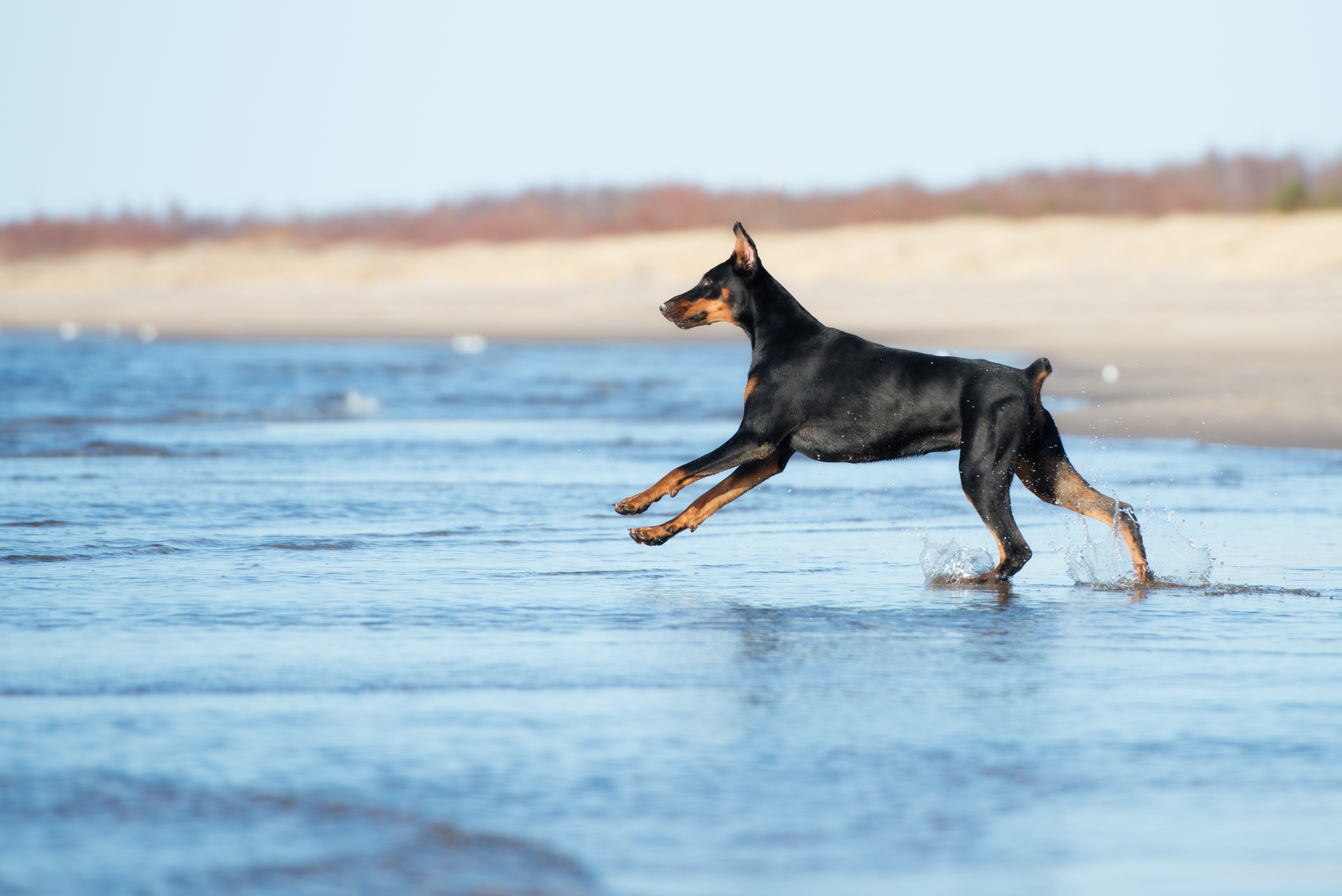
Is perfection possible?
There’s a dangerous concept among less informed, or inexperienced breeders, and pet owners, and that is the idea that we can somehow “perfect our lines.” With the advent of DNA testing for all kinds of mutations, those for disease and for color and coat type, this concept suggests that the future of dog breeding is full of re-engineering the canine genome so we only have good genes and we somehow eliminate all bad genes.
Anyone who tries to tell you that this can be done, that you can “perfect your lines,” or that you can re-engineer a breed or a line or a dog by mixing and matching genes or chromosomes, or that we can pick out the “right” genes instead of the “wrong” genes, one by one, is by definition someone who doesn’t understand breeding.
Breeding is not factory production of man-made things. Breeding is guardianship of a symbiotic animal population that has evolved with us, helped us survive as a species, and who we in turn support. It is unlike creating a dishwasher or a medical device – and the principles behind breeding whole populations of animals requires respect for the enormity of the task and responsibility at hand. The best breeders are those who know what they know, and know what they do not know.
The canine genome, or any other genome of any advanced organism, is an extremely complex system that even the best scientists really don’t understand yet. While there’s a great deal researchers do know about it, there is so much vastly more they don’t. This is because there are thousands upon thousands of genes in any complex organism – and exponentially more interactions between each of those thousands of genes. We cannot yet comprehend the complexity and as such we are in no way qualified to manipulate it at the genomic level.
One of the modern issues in breeding is that a little knowledge is a dangerous thing. There is a lot of danger in making breeding decisions based on the presence of one single mutation or another in a single dog. While this kind of testing can be extremely useful in cases of severe and dangerous diseases that are very clearly caused by single gene mutations, the practical reality of breeder culture is that breeders consider ANY mutations an offense – and they purge the dogs that have them. That means that once a mutation is identified by some researcher somewhere, breeders tend to want to remove every carrier of that mutation from their breeding programs – without any regard to the quality of the research, or the applicability of that research on each individual breed.
The reason that is dangerous is because there is in fact no way to remove a single gene from a breeding program without removing all of the over 19,000 genes in each dog with the offending mutation. Usually, the mutations that are studied are ones that are fairly common in a breed – or they aren’t really of note, or interest. By the time a mutation is studied, therefore, there are usually many dogs with that specific mutation in the breed. One dog removed here or there is not a problem, especially if the mutation found is very rare in a breed. Unfortunately, this is not always the case. Despite researchers’ strong recommendations to breed dogs with one or two copies of a mutation to dogs with no copies, breeders regularly insist that while that strategy is fine for others, they won’t tolerate any carriers in their breeding programs. This leads to a cultural expectation among breeders and eventually pet owners that no dog should be a carrier of a known mutation – even if it means that dog will never have any ill effect from the gene.
(O)nce a mutation is identified by some researcher somewhere, breeders tend to want to remove every carrier of that mutation from their breeding programs – without any regard to the quality of the research, or the applicability of that research on each individual breed.
The reason that is dangerous is because there is in fact no way to remove a single gene from a breeding program without removing all of the over 19,000 genes in each dog with the offending mutation.
In other cases, we have to wonder if we as breeders haven’t been too zealous in our efforts to rid a breed of a mutation.
Let’s take the case of the Doberman Pinscher. In 2005, VetGen’s statistics for the type I mutation for von Willebrand’s disease in the breed was 25% with no copies of the mutation, 49% with one copy of the mutation and 26% with two copies of the mutation. A recent assessment of her own database, Doberman breeder and pedigree expert Bitten Jonsson shows that the statistics from dogs born between 2013 and 2018 are 89.5% with no copies, 10.1% with one copy and 0.4% with 2 copies.
This is quite a change in the make up of the breed. One could imagine that it is a triumph of breeders making their breed healthier. However, in that same time period, researchers also reported an increase in dilated cardiomyopathy (DCM). Dr. Reinhard Haberzettl reported a prevalence of 26% of DCM in the breed in 1989, then 46.3% in 2004, and in 2010 Dr. Gerhard Wess found it to be in 58% of the breed. While von Willebrand’s can have disastrous effects in certain dogs or breeds, breeders did not report 1 out of every 4 Dobermans bleeding to death back in 2005, as the statistics from that time suggest they might. The very fact that the mutation was so prevalent in this carefully bred working breed suggests that perhaps the severity of clinical symptoms in this breed is lessened by additional unidentified genes. Otherwise, breeders would surely have bred away from it based on symptoms alone.
Certainly there are other factors at work – popular sires and an overdependence on linebreeding also lead to a shrinking of the gene pool, but considering that in 5 generations or so dogs only one copy of the vWD mutation went from nearly half the population to only 10% of it, and dogs with 2 copies went from 1 in 4 dogs to less than 1 in 100, there could have been a further shrinking of the gene pool purely due to breeders avoiding carriers. That suggests that the 25% of clear dogs in 2005 may have had an undue influence on the breed, and we don’t know that they had enough overall diversity to sustain a whole breed.
This is why it is important to use testing very wisely, and not to remove healthy dogs from a breeding program quickly. It may seem counter-intuitive not to remove all relatives of sick dogs from every breeding program, or every at-risk dog, but in fact many more dogs are at risk than are actually sick, and if we remove all relatives, we won’t have much of any breed with a closed stud book left.
So let’s remember that DNA diagnostic testing should be used carefully, removing dogs from a breeding program should be done very cautiously, and there’s no way to perfect a genome. Luckily we’ve all known truly great, awe-inspiring dogs in our lives, and every one of them had an imperfect genome. What they all have and have had, is enough of the right genes to be an amazing dog. If we breeders can facilitate the existence of a few of those special creatures through careful breeding, we each will be happy.
 Previous Post
Previous Post Next Post
Next Post


